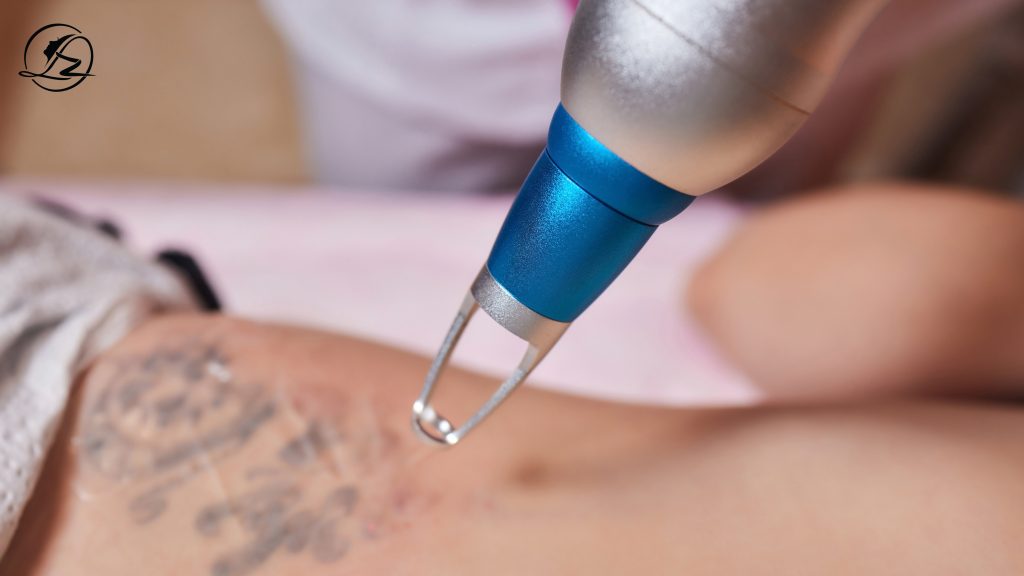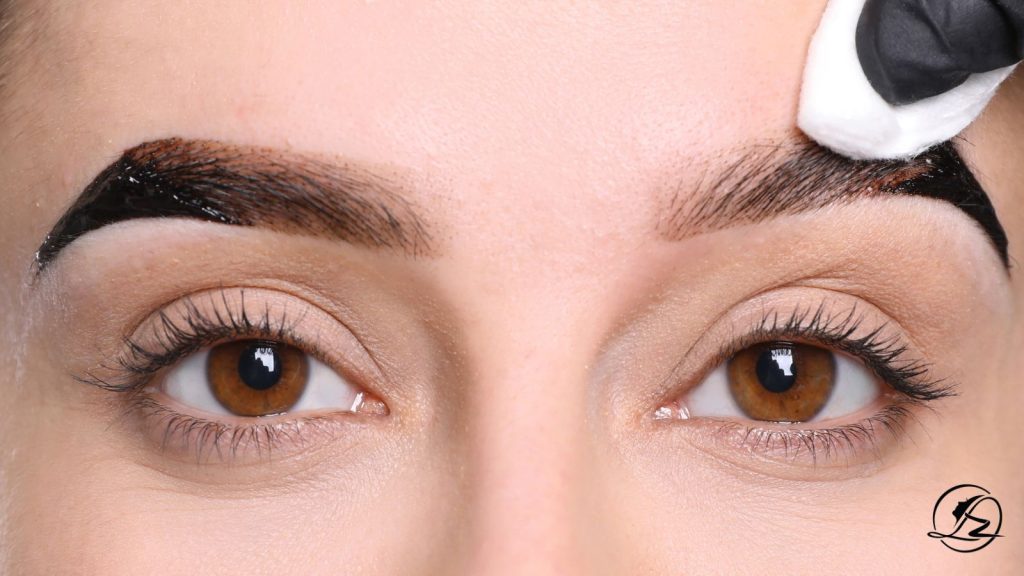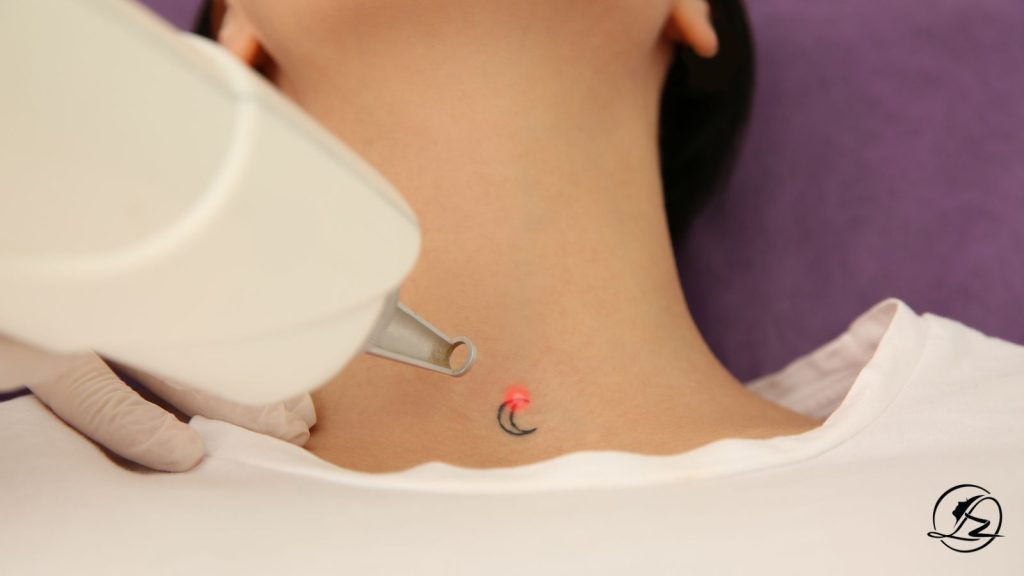Tattoos are a form of self-expression, but sometimes, people decide to remove them. If you’re considering tattoo removal, you might wonder: How many sessions does it take to remove a tattoo completely? The answer varies based on several factors, including the tattoo’s size, color, and age. This article will guide you through the tattoo removal process, helping you understand what to expect.
Understanding Tattoo Removal
Tattoo removal typically involves laser treatments that break down the ink particles in your skin. Your body’s immune system then clears these particles over time. The number of sessions required depends on various elements, which we’ll explore below.
Factors Influencing the Number of Sessions
1. Tattoo Size and Location
Larger tattoos cover more skin area and contain more ink, requiring additional sessions. Similarly, tattoos located on areas with less blood flow, like ankles or wrists, may take longer to fade.
2. Ink Color and Density
Black ink absorbs laser energy more effectively, making it easier to remove. In contrast, colors like green, blue, and yellow are more challenging and may need specialized lasers or extra sessions.
3. Tattoo Age
Older tattoos have likely faded over time, making them easier to remove. Newer tattoos may have more vibrant ink, requiring more sessions.
4. Skin Type
Skin tone can affect the laser’s effectiveness. Darker skin tones may require more sessions with lower laser settings to avoid skin damage.
5. Professional vs. Amateur Tattoos
Professional tattoos often use high-quality ink and equipment, leading to deeper ink penetration. This can make removal more challenging compared to amateur tattoos, which might be easier to eliminate.
Average Number of Sessions Required
While individual experiences vary, here are general estimates:
- Professional Tattoos: Typically require 6 to 12 sessions.
- Amateur Tattoos: May need 3 to 7 sessions.
- Multicolored Tattoos: Often demand more sessions due to varying ink pigments.
Sessions are usually spaced 6 to 8 weeks apart to allow your skin to heal and your body to process the ink particles.
The Tattoo Removal Process
Consultation
Before starting, you’ll have a consultation with a specialist to assess your tattoo and skin type. They’ll provide an estimated number of sessions and discuss potential outcomes.
Laser Treatment Sessions
During each session:
- The area is cleaned and possibly numbed.
- A laser is applied to break down the ink particles.
- The session lasts between 10 to 30 minutes, depending on the tattoo’s size.
Aftercare
Post-treatment care is crucial:
- Keep the area clean and dry.
- Avoid sun exposure.
- Follow any additional instructions provided by your specialist.
Tips to Enhance Removal Effectiveness
- Stay Hydrated: Drinking water helps your body eliminate ink particles.
- Avoid Smoking: Smoking can slow down the healing process.
- Maintain a Healthy Diet: Proper nutrition supports your immune system.
- Follow Aftercare Instructions: Proper care prevents complications and promotes healing.
Potential Side Effects
While laser tattoo removal is generally safe, some side effects may occur:
- Redness or swelling
- Blistering
- Scabbing
- Temporary skin discoloration
These effects are typically temporary and subside with proper care.
Conclusion
Removing a tattoo is a commitment that requires multiple sessions and patience. Understanding the factors that influence the number of sessions can help set realistic expectations. Consult with a qualified tattoo removal specialist to determine the best approach for your tattoo removal journey.
Frequently Asked Questions (FAQs)
How many sessions does it take to remove a tattoo completely?
On average, it takes between 6 to 12 sessions to remove a tattoo completely. The exact number depends on factors like tattoo size, color, and age.
Is tattoo removal painful?
Some discomfort is expected during laser sessions, often described as a rubber band snapping against the skin. Numbing creams can minimize pain.
Can all tattoo colors be removed?
While black ink is the easiest to remove, colors like green, blue, and yellow are more challenging and may require additional sessions.
Will there be scarring after removal?
With proper care and professional treatment, scarring is rare. Following aftercare instructions reduces the risk.
How long should I wait between sessions?
It’s recommended to wait 6 to 8 weeks between sessions to allow your skin to heal and your body to process the ink particles.



